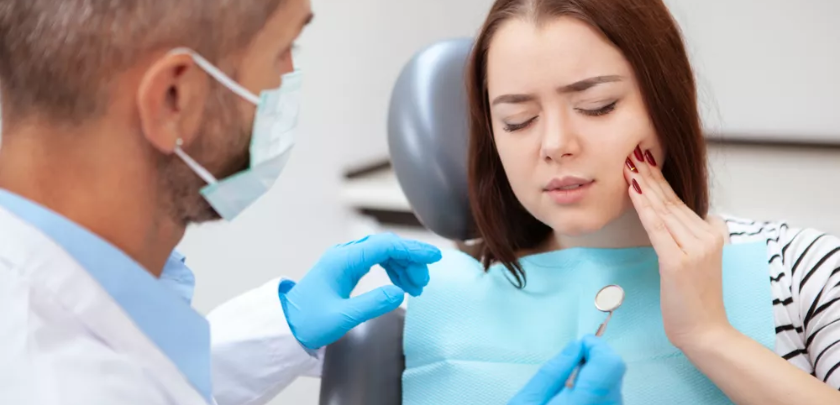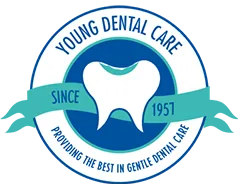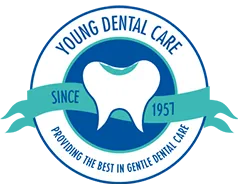Everything You Need To Know About Cosmetic Overlays
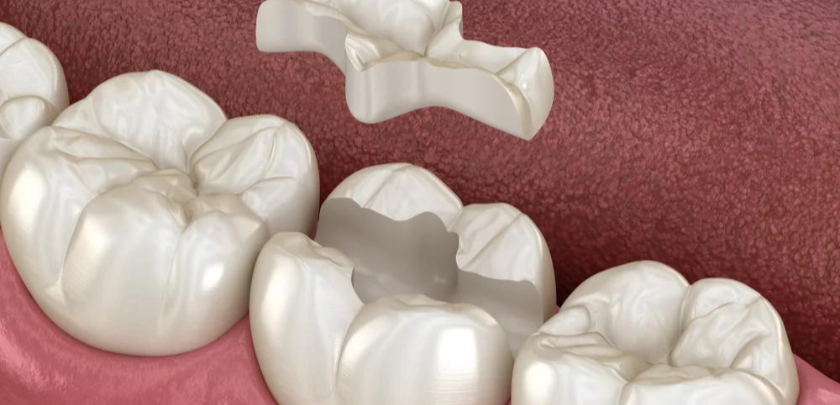
Cosmetic overlays, also known as cosmetic laminates or veneers, are an increasingly popular option for enhancing the appearance of teeth. They are thin shells made of porcelain or composite resin that are bonded to the front surface of teeth to improve their color, shape, size, or alignment. Cosmetic overlays can effectively address various dental concerns and provide patients with a natural-looking, aesthetically pleasing smile. In this article, we’ll delve into everything you need to know about cosmetic overlays, including their benefits, types, procedures, maintenance, and potential risks.
Benefits of Cosmetic Overlays:
- Improved Aesthetics: Cosmetic overlays can instantly transform the appearance of teeth, covering up imperfections such as discoloration, chips, cracks, and gaps.
- Natural Appearance: High-quality cosmetic overlays are designed to mimic the natural translucency and color of teeth, resulting in a seamless blend with the surrounding dentition.
- Minimally Invasive: Compared to other dental procedures like crowns or orthodontic treatments, cosmetic overlays require minimal alteration of the natural tooth structure, making them a conservative option for smile enhancement.
- Durable and Long-lasting: Porcelain overlays are highly durable and resistant to staining, chipping, and wear, providing patients with long-lasting results that can withstand daily oral activities.
- Versatility: Cosmetic overlays can address a wide range of dental imperfections, from minor cosmetic flaws to more significant issues affecting the appearance of the smile.
Types of Cosmetic Overlays:
- Porcelain Overlays: Porcelain overlays, also known as porcelain veneers, are crafted from high-quality dental porcelain that closely resembles the natural enamel of teeth. They offer exceptional durability and aesthetic appeal, making them a popular choice for smile makeovers.
- Composite Overlays: Composite overlays are made of tooth-colored composite resin materials that are applied directly to the teeth and shaped to improve their appearance. While they are less expensive than porcelain overlays, they may not last as long and are more prone to staining and wear over time.
Procedure for Getting Cosmetic Overlays:
- Initial Consultation: The first step in the cosmetic overlay process is a consultation with a dentist or cosmetic dentist. During this appointment, the dentist will assess the patient’s oral health, discuss their goals and expectations, and determine whether they are a suitable candidate for cosmetic overlays.
- Treatment Planning: Once the decision to proceed with cosmetic overlays is made, the dentist will develop a customized treatment plan based on the patient’s specific needs and preferences. This may involve taking impressions or digital scans of the teeth to create precise molds for fabricating the overlays.
- Tooth Preparation: Before placing the overlays, a minimal amount of enamel may need to be removed from the front surface of the teeth to ensure proper fit and adhesion. This step is usually performed under local anesthesia to ensure the patient’s comfort.
- Overlay Fabrication: Depending on the type of overlays chosen, the fabrication process may take place in a dental laboratory or using chairside CAD/CAM technology. Porcelain overlays are custom-made to match the shape, size, and color of the patient’s natural teeth, while composite overlays can be sculpted directly onto the teeth during the same appointment.
- Bonding: Once the overlays are ready, they are carefully bonded to the front surface of the teeth using a special dental adhesive. The dentist will ensure proper placement and fit before curing the adhesive with a curing light to permanently bond the overlays to the teeth.
- Final Adjustments: After the overlays are bonded in place, the dentist may make final adjustments to ensure optimal comfort, function, and aesthetics. This may involve trimming and polishing the overlays to achieve the desired shape and texture.
- Follow-Up: Patients will be instructed on how to care for their new cosmetic overlays and may be scheduled for a follow-up appointment to monitor their progress and address any concerns.
Maintenance of Cosmetic Overlays:
- Good Oral Hygiene: Maintaining excellent oral hygiene habits is essential for prolonging the lifespan of cosmetic overlays. This includes brushing twice a day, flossing daily, and using mouthwash to prevent plaque buildup and gum disease.
- Regular Dental Check-Ups: Routine dental check-ups and cleanings are recommended to ensure the health and integrity of the overlays and underlying teeth. During these appointments, the dentist can assess the condition of the overlays and address any issues that may arise.
- Avoiding Certain Foods and Habits: Patients should avoid chewing on hard objects, such as ice or pens, as this can damage the overlays. Additionally, minimizing consumption of staining foods and beverages, such as coffee, tea, and red wine, can help prevent discoloration and maintain the appearance of the overlays.
- Using Protective Mouthguards: For patients who engage in contact sports or suffer from bruxism (teeth grinding), wearing a custom-fitted mouthguard can help protect the overlays from damage caused by impact or excessive force.
Potential Risks and Considerations:
- Irreversible Procedure: The process of preparing the teeth for cosmetic overlays involves removing a small amount of enamel, which is irreversible. Patients should carefully weigh the benefits and risks of undergoing this procedure and discuss any concerns with their dentist.
- Sensitivity: Some patients may experience temporary sensitivity or discomfort following the placement of cosmetic overlays, especially if a significant amount of enamel is removed during tooth preparation. This typically resolves on its own within a few days to weeks.
- Replacement: While cosmetic overlays are durable and long-lasting, they may need to be replaced eventually due to normal wear and tear or damage. Porcelain overlays typically have a lifespan of 10-15 years or more, while composite overlays may need to be replaced more frequently.
- Cost: The cost of cosmetic overlays can vary depending on factors such as the type of material used, the complexity of the case, and the geographic location of the dental practice. Patients should inquire about the cost of treatment and explore financing options if needed.
In conclusion, cosmetic overlays are a versatile and effective option for enhancing the appearance of teeth and achieving a beautiful smile. With proper care and maintenance, they can provide patients with long-lasting results and improved confidence in their smiles. If you are considering cosmetic overlays, be sure to consult with a qualified dentist or cosmetic dentist to discuss your options and develop a treatment plan tailored to your individual needs and goals.
Recent Posts
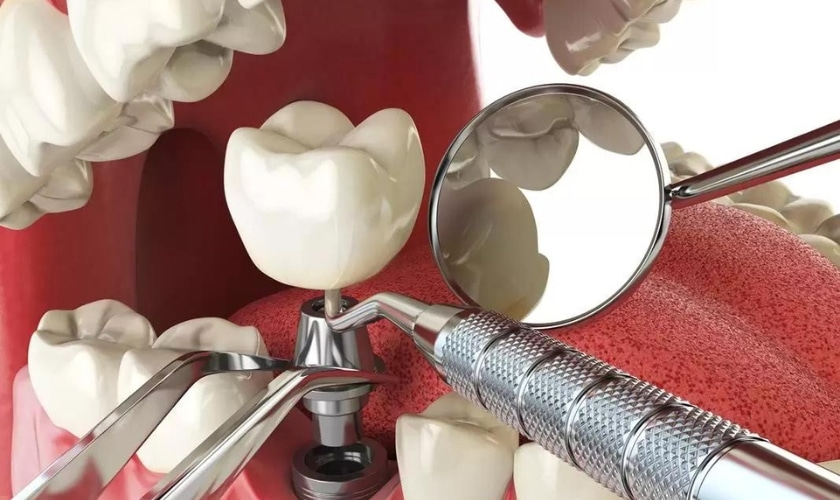
Why Is One Tooth Implant So Expensive
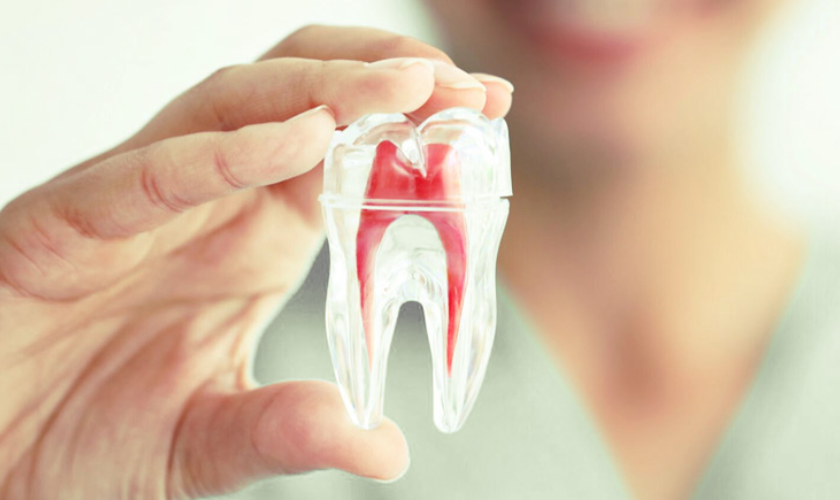
Does The Tooth Pain Increase Days After Root Canal Treatment?
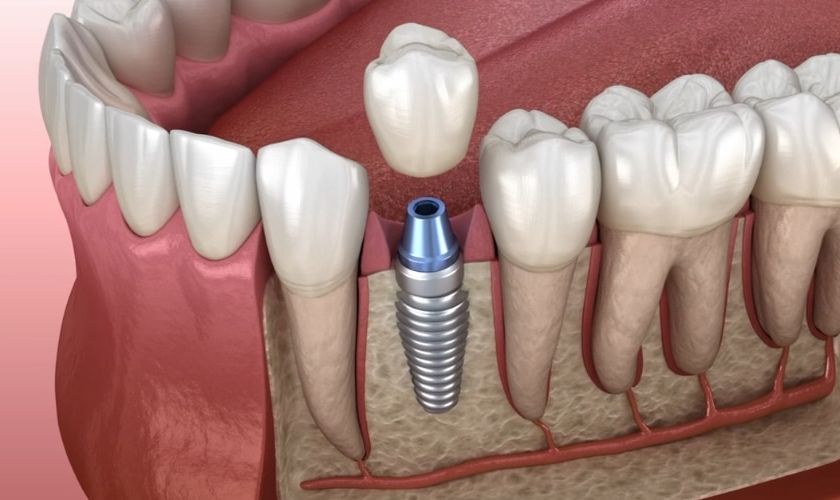
What Are The 3 Stages Of Dental Implant?
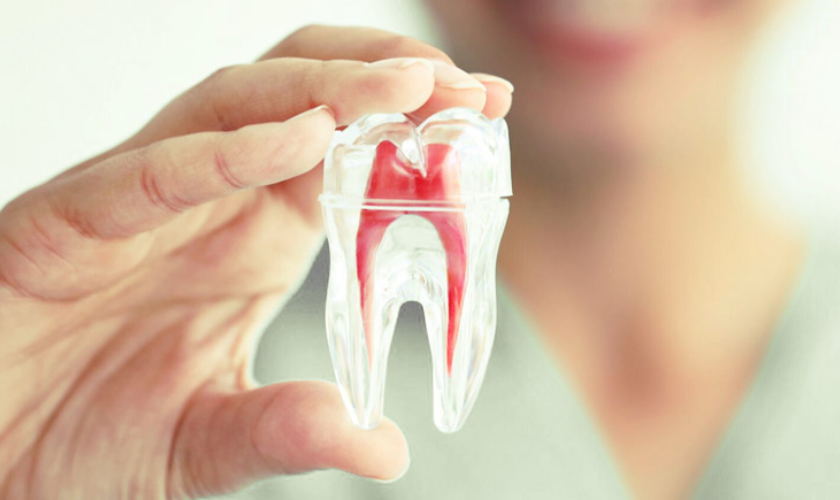
7 Common Signs You Need a Root Canal
